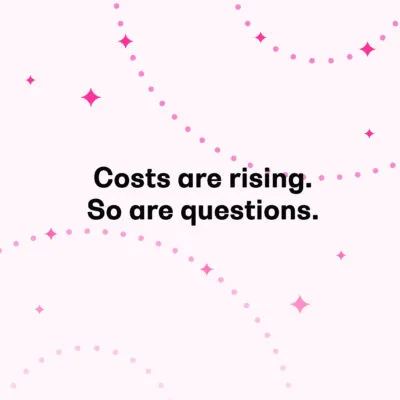Quarter after quarter, the dashboard lights up with awareness, favorability, search, and social. You can point to movement, yet margins feel tighter, promo spend creeps up, and loyalty looks fragile. The funnel view explains episodes in the journey, but not the quiet moments between purchases when people decide whether your brand still matters.
That gap is the itch you can’t scratch, and it points to the relationship itself. If you could see that relationship clearly, you’d know why conversion costs rise in one market and fall in another, and you’d catch softening in relevance or difference before it dents demand and price acceptance. There is a way to bring that into focus with a single brand KPI built from four simple, but powerful signals—Familiarity, Regard, Meaningfulness, and Uniqueness—so the growth story you tell matches the reality your customers live every day. That’s your call to look beyond episodes and read the relationship.
FRMU composite: what it measures and how to build it
Enter FRMU, your compass. FRMU is a compact read on relationship health: Familiarity (how well people feel they know the brand beyond recognition), Regard (how much they like and respect it), Meaningfulness (relevance in their lives), and Uniqueness (the valuable difference only the brand brings). You can use a simple average or a statistically-weighted approach, but keep two rules in mind: report results as percentiles against a broad brand universe so comparisons are honest, and refresh weekly, monthly, and quarterly so the composite stays predictive. With the compass defined, you’re ready to run it with discipline.
FRMU measurement: rules that keep the composite predictive
Three discipline points separate robust systems from vanity reporting:
- First, compare against the market you actually compete in, not just a narrow peer set, since consumers weigh you against many options.
- Second, read FRMU by customer type—loyals, switchers, winbacks, prospects, rejecters, and unawares—so you see where growth will come from next and where risk is building.
- Third, keep samples census-matched so results translate cleanly to business outcomes and hold up in budget and pricing discussions.
Once you set the compass, you stop arguing about whether the brand is “up or down” and start asking which signal moved and more important, why.
Turn FRMU into action: audiences, pricing, and creative
Three discipline points turn a nice report into a score you can run the business on. Use FRMU to decide who you must move now and which attributes matter:
- If Meaningfulness and Uniqueness are soft among switchers, brief creative to sharpen the distinctive benefit and the proof behind it, then place media where those buyers are influenced the most.
- If Familiarity lags in a growth market, scale reach once the Meaningfulness and Uniqueness story is proven so impressions carry the weight of a clear and valuable difference.
- Treat price as strategy, not a reaction. As Meaningfulness and Uniqueness strengthen, price acceptance rises, discounting pressure falls, and contribution improves. Effectiveness research shows higher revenue ROI when brand building and demand capture work for each other.
Imagine a market where winbacks know you well but no longer see what sets you apart. You sharpen the proof in product, service, and creative, place it where they re-evaluate, then watch Uniqueness and Meaningfulness firm up as reacquisition costs fall.
Here’s how that looks in practice:
Case example: how to align performance with equity goals
Consider the case study of an airline that targeted Winbacks in a city where Meaningfulness and Uniqueness had eroded. Teams tested performance creatives for their impact on those two dimensions before scaling in market, then monitored equity and sales together. The result was performance spend that worked with the brand plan rather than against it, and a cleaner read on total ROI.
Pitfalls to avoid and how to fix them
Two traps often show up when you’re working under a deadline. The first is treating awareness gains as a proxy for relationship strength. In culture-war crises, Familiarity often holds while Meaningfulness and Uniqueness fall first, so an awareness-only view can miss real risk.
The second trap is framing brand and performance as a trade-off–things to be “balanced.” The better move is to run them as one co-dependent system, and use FRMU to spot the early slide and guide a mix where equity and demand multiply each other..
Your next move
Publish the composite and its components on the same scorecard as price realization, contribution, and acquisition cost. Set targets by audience and market, then revisit monthly and quarterly to confirm that improvements in Meaningfulness and Uniqueness are showing up in lower acquisition costs, firmer pricing, and steadier revenue. When FRMU improves where it counts, the same performance dollars work harder and the business becomes easier to manage.




